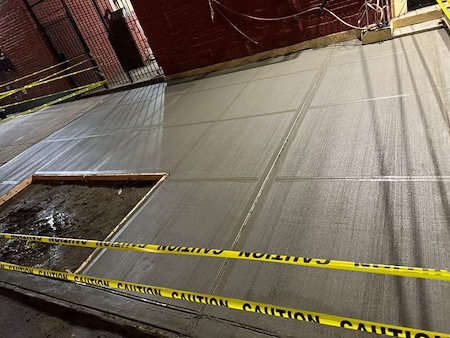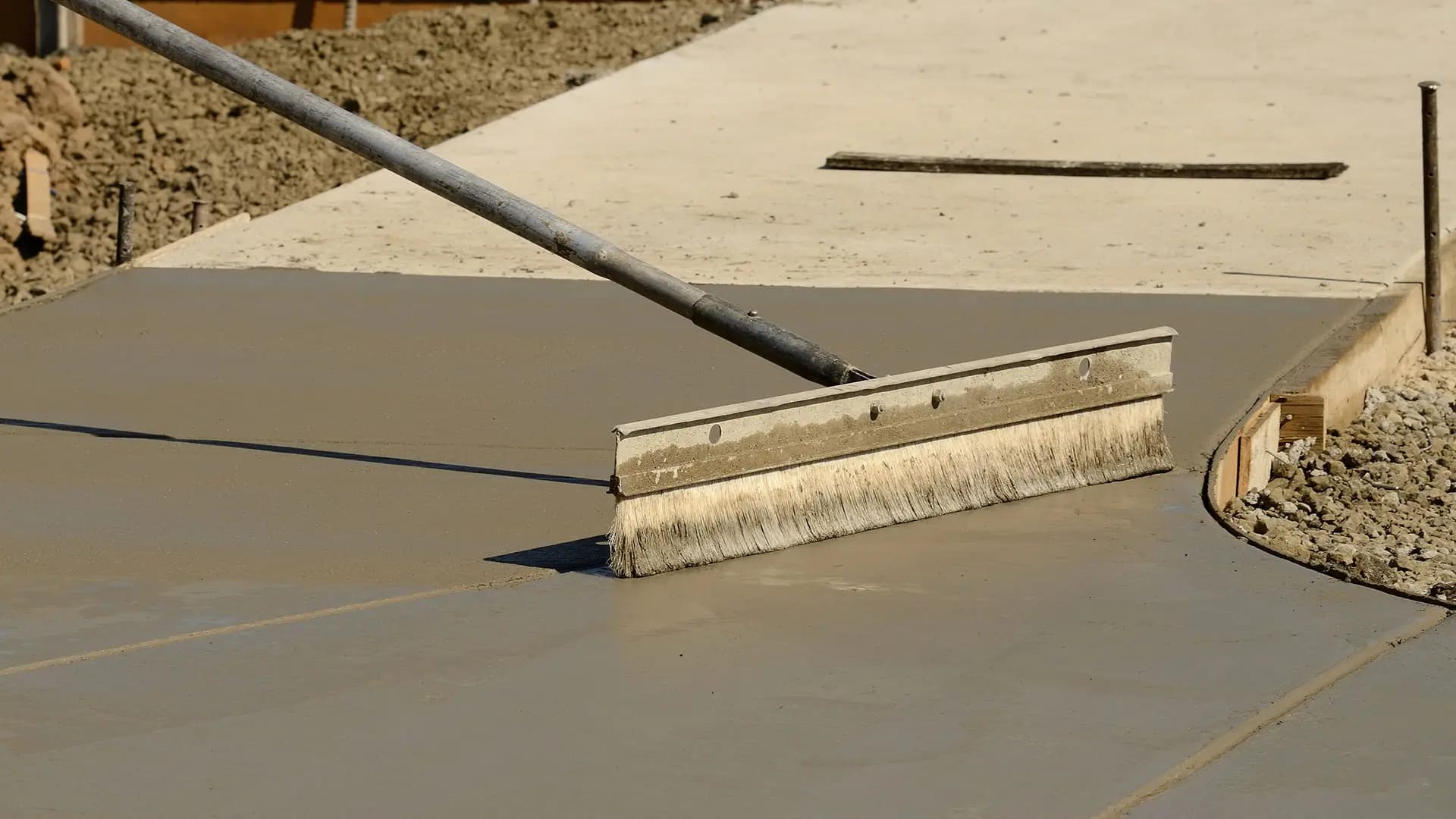Why Concrete is the Best Material for Sidewalks in NYC?

In New York City, sidewalks are an essential component of the infrastructure. They provide pedestrians with a safe and accessible path, keeping them away from heavy traffic and vehicle congestion. In a city as busy and weather-diverse as NYC, choosing the right material for sidewalk construction is crucial.
Concrete is the most widely used material for sidewalks. Its durability, strength, cost-effectiveness, and eco-friendliness make it the top choice among property owners, contractors, and city planners.
Let's take a detailed look at the qualities of concrete that make it ideal for sidewalk installation.
Strength and Durability
One of the primary reasons concrete is so popular is its high compressive strength. Concrete sidewalks are designed to withstand everything from foot traffic and bicycles to delivery carts and emergency vehicles.
Sidewalks endure constant use, freeze-thaw cycles in winter, and scorching summer heat, concrete proves to be remarkably resilient. When installed correctly by skilled sidewalk repair contractors and maintained properly by the property owners, it can last anywhere from 20 to 30 years or more without major structural issues.
This long service life reduces the frequency of replacements, making concrete a reliable long-term investment.
Low Maintenance
Unlike other materials such as asphalt or pavers, concrete requires minimal upkeep. It can withstand weather damage, chemical spills, and erosion. With basic maintenance such as occasional power washing, sealing, and minor patch repairs, property owners can ensure their concrete sidewalks retain their strength and appearance over the years.
This ease of maintenance makes concrete ideal for both residential and commercial sidewalks, especially in high-traffic areas where repairs can disrupt pedestrian flow and city operations.
Environmental Benefits
Natural ingredients like sand, gravel, and water are used to make concrete. Its production has a relatively low environmental impact, especially when compared to other construction materials. Additionally, concrete can be recycled, reducing construction waste.
Another environmental advantage is concrete's ability to reflect sunlight rather than absorb it. This contributes to lower surface temperatures and helps reduce the urban heat island effect in densely populated areas like NYC.
Some concrete mixes can even incorporate recycled materials such as fly ash or slag, further enhancing their sustainability profile.
Cost-Effectiveness
While the initial installation cost of concrete may be higher than some alternative materials, its long lifespan and minimal maintenance requirements make it a cost-effective solution in the long run. The sturdy structure of concrete resists cracking, sinking, and shifting better than many other materials.
Since repairs are less frequent and usually less extensive, property owners benefit from lower maintenance costs over time. Additionally, the increased durability of concrete reduces liability risks from trip-and-fall accidents, potentially saving property owners legal and insurance expenses.
Compliance with Safety Standards
Concrete smooth and even surface helps reduce the risk of tripping and falling, especially in wet or icy conditions. Its natural slip resistance makes it a safer choice for all weather conditions, which is critical in a city where pedestrian safety is a high priority.
New York City has strict guidelines for sidewalk design and accessibility. Concrete allows for precise grading and uniform finishes that meet ADA (Americans with Disabilities Act) requirements, ensuring accessibility for everyone, including individuals with mobility aids.
Visual Appeal and Versatility
Concrete doesn't have to be dull. With modern techniques such as stamping, coloring, and scoring, concrete sidewalks can be customized to match the aesthetic of your property or neighborhood. This design flexibility makes it suitable for residential entrances, commercial storefronts, and public walkways alike.
Its clean, professional appearance enhances curb appeal and contributes to a cohesive streetscape. For property owners looking to make a positive first impression, concrete is both a practical and attractive option.
Proven Track Record in NYC
In New York City, concrete has been demonstrated to be highly durable. The majority of city sidewalks, including those in historic neighborhoods and high-traffic districts, are made from concrete, as it performs reliably under diverse conditions. The Department of Transportation also prefers and recommends concrete for sidewalk repairs and new installations due to its proven effectiveness.
When you choose concrete for your sidewalk installation, you're aligning with city standards and ensuring long-term compliance, reducing the risk of violations and costly corrections.
Conclusion
Concrete continues to be the preferred material for sidewalk construction in NYC for good reason. Its strength, long-term durability, low maintenance needs, environmental advantages, and safety compliance make it the most practical and cost-effective option available. Whether you're installing a new sidewalk or replacing an old one, choosing concrete ensures that your walkway remains functional, attractive, and safe for years to come. With proper installation and maintenance, concrete sidewalks contribute not just to pedestrian safety but also to the overall value and appearance of your property.
Looking to install or replace a concrete sidewalk in NYC? Call Us today!
Ready for Peace of Mind? Schedule an On-Site Consultation With Our Estimator Today!
